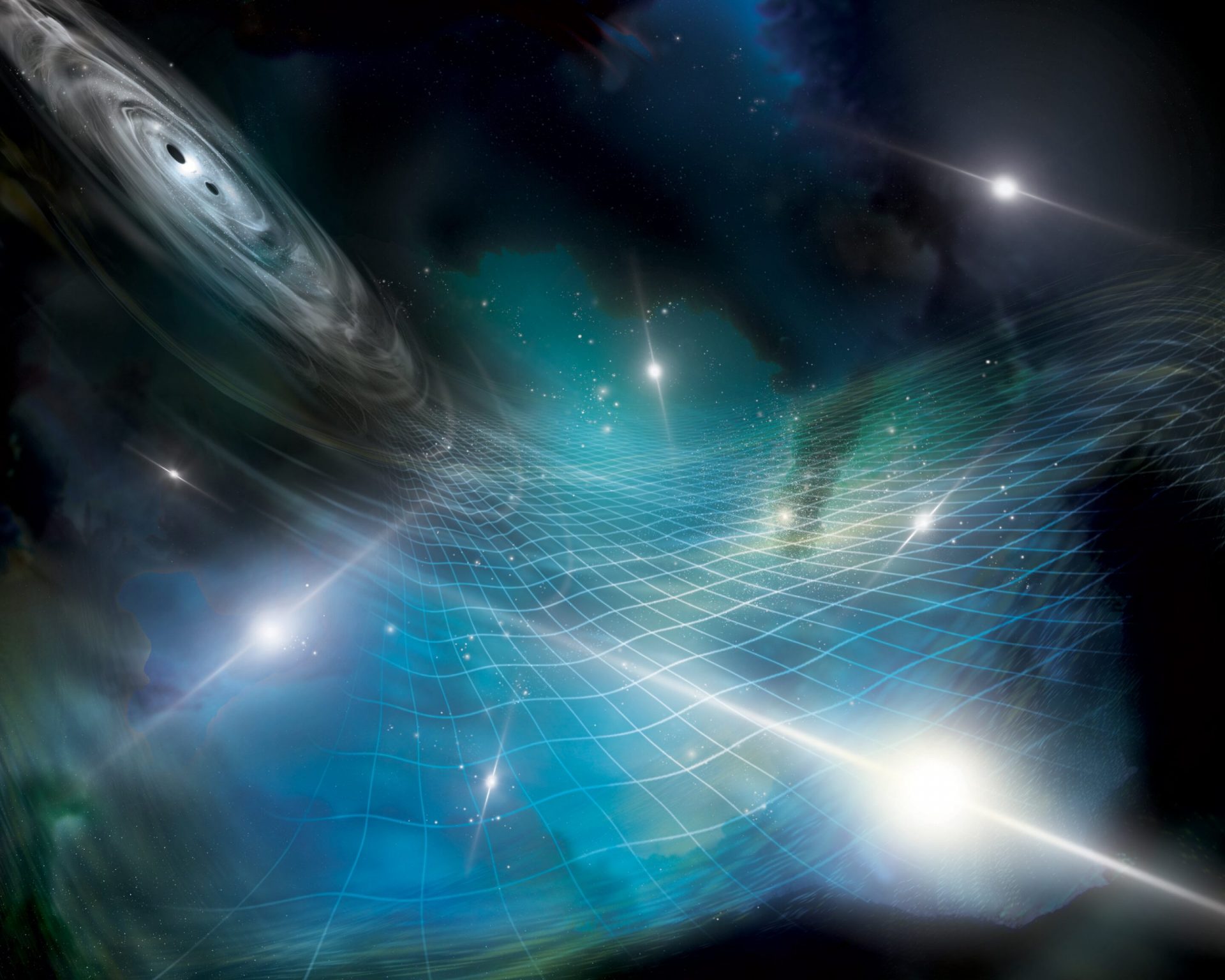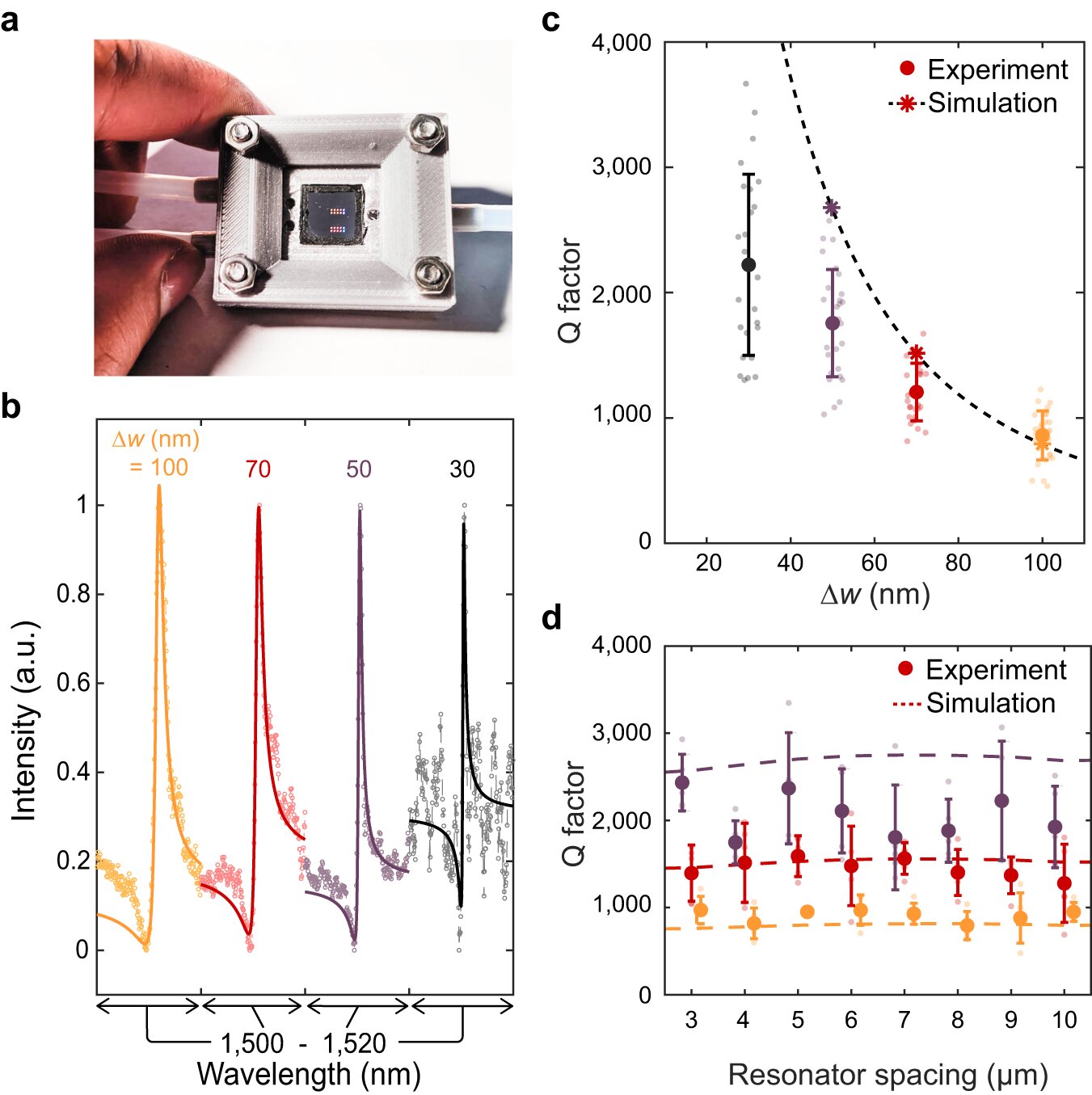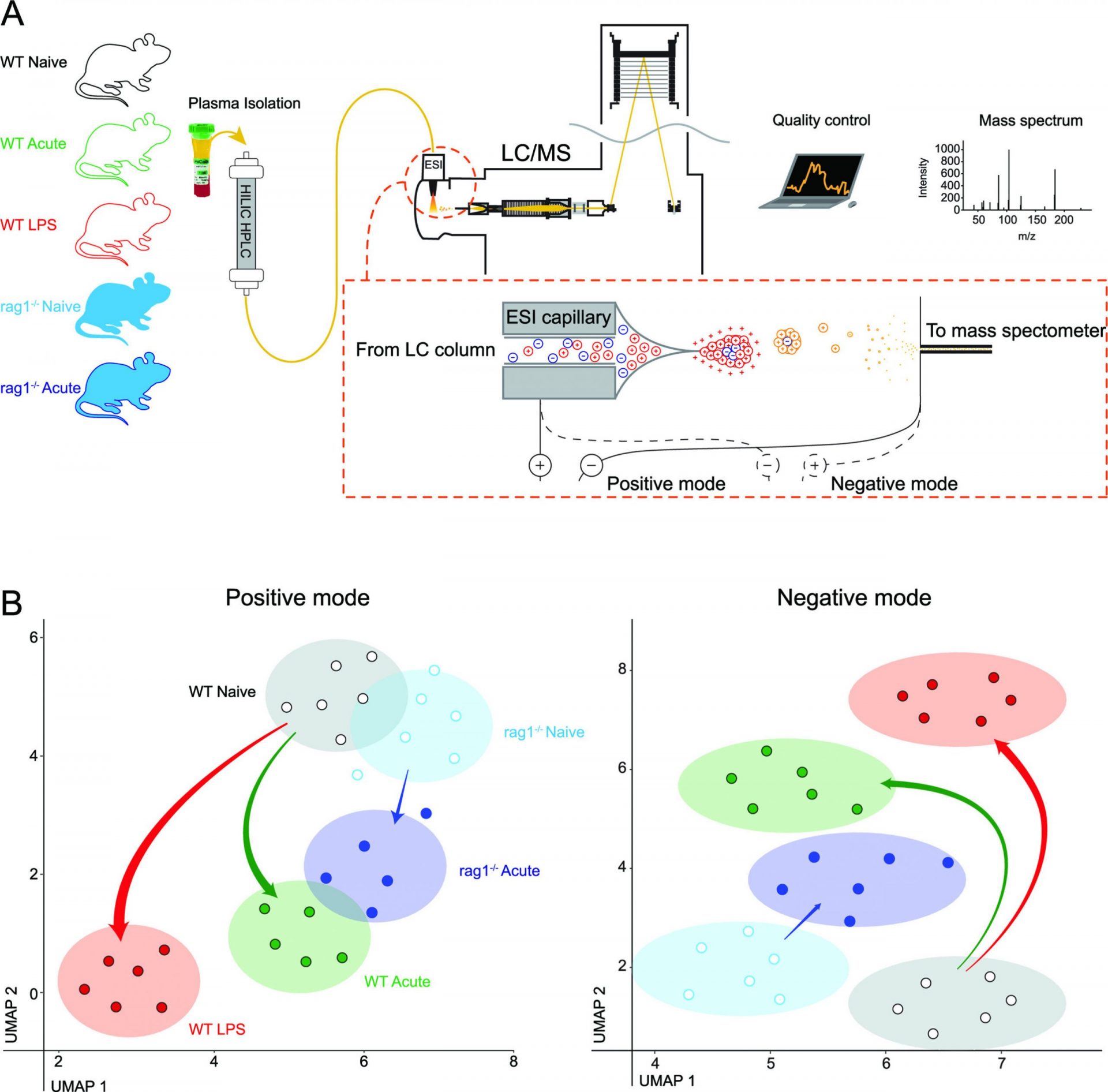The universe is alive with gravitational radiation—a deep, rhythmic rumble that stretches and compresses spacetime and the matter within it.
That’s the groundbreaking discovery made by multiple groups of researchers worldwide. In a series of journal articles published in June, they revealed over 15 years of observations of millisecond pulsars in our corner of the Milky Way galaxy. One group, the North American Nanohertz Observatory for Gravitational Waves (NANOGrav) collaboration, even found compelling evidence that these pulsars’ precise rhythms are influenced by the stretching and squeezing of spacetime caused by these long-wavelength gravitational waves.
“This is a crucial breakthrough in understanding gravitational waves at very low frequencies,” says Stephen Taylor, co-leader of the search and current chair of the NANOGrav collaboration at Vanderbilt University. “NANOGrav is opening up an entirely new window into the gravitational-wave universe.”
Gravitational waves were first detected in 2015 by the Laser Interferometer Gravitational-Wave Observatory (LIGO). These waves, with short wavelengths, were generated by the merger of smaller black holes or neutron stars. Now, the question is whether long-wavelength gravitational waves, with periods spanning years to decades, are also produced by black holes.
In a paper published in The Astrophysical Journal Letters, physicist Luke Zoltan Kelley from the University of California, Berkeley, and the NANOGrav team argue that the hum of gravitational waves is likely caused by pairs of supermassive black holes—each weighing billions of times the mass of our sun—that have come close enough to merge over the history of the universe.
The team created simulations of populations of supermassive black hole binaries, consisting of billions of sources, and compared the predicted gravitational wave signatures with NANOGrav’s latest observations. The orbital dance of these black holes before merging vibrates spacetime, much like waltzing dancers rhythmically vibrate a dance floor. Over billions of years, these mergers have produced gravitational waves that now overlap, creating a background hum. Detecting these waves required a galaxy-sized array of antennas, which is where millisecond pulsars come in.
While the exact origin of the gravitational waves is still uncertain, the NANOGrav team’s findings strongly suggest that supermassive black hole binaries are the most likely source. This would confirm the existence of these binaries for the first time, solving a puzzle that has puzzled scientists for over 50 years.
Galaxy mergers lead to black hole mergers
Most large galaxies are believed to harbor massive black holes at their centers, although detecting them is challenging due to the surrounding gas and dust blocking their emitted light. Recent analysis by Chung-Pei Ma, an astrophysicist at UC Berkeley, suggests that the supermassive black hole at the center of the galaxy M87 could be a binary black hole. However, this remains unconfirmed.
Simulations of galaxy mergers indicate that binary supermassive black holes are common. As two galaxies merge, their








